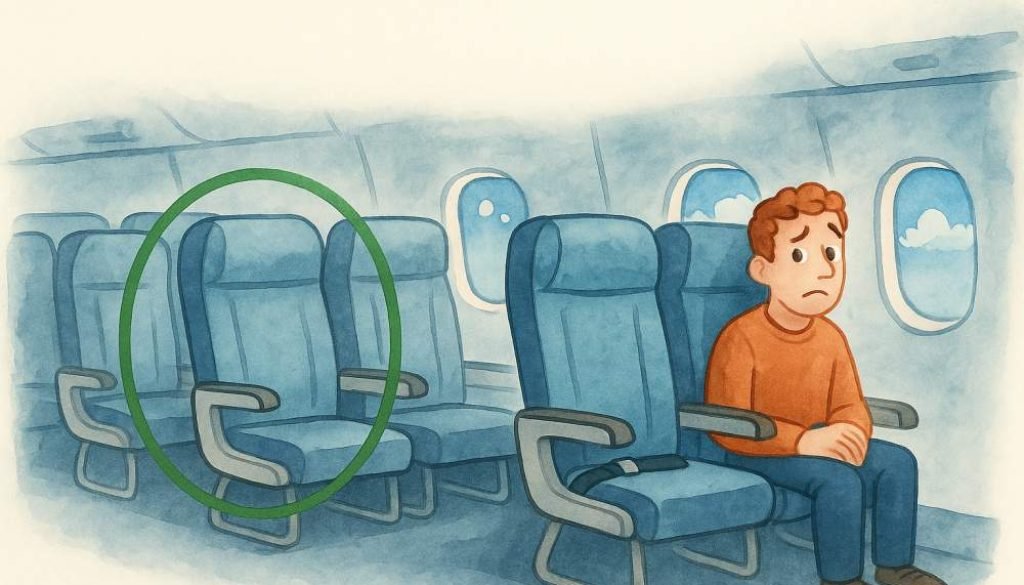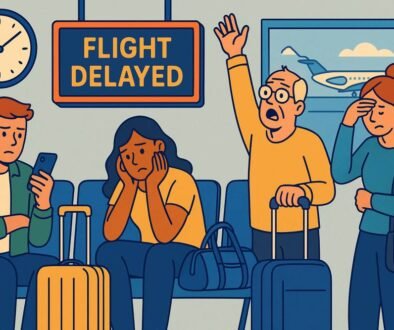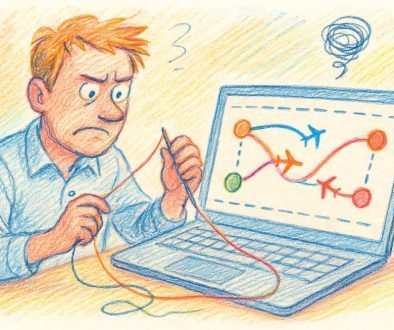What’s the Safest Seat on an Airplane? Here’s What Data Says
Every now and then—especially following major incidents or tragic accidents—the age-old question resurfaces: is there actually a safer seat on the plane? The discussion reignited in June 2025 after the crash of an Air India flight in India, where, remarkably, only one passenger survived. That sole survivor happened to be seated in 11A.
So, when you book a flight, you probably think about legroom, window views, or how fast you can exit once you land. But what if safety is your top concern? Is there such a thing as a “safest seat” on an airplane? Surprisingly, yes — and the data backs it up.
Let’s be clear: modern commercial aviation is extremely safe. Your odds of being involved in a serious airplane accident are incredibly low — about 1 in 11 million, according to the National Safety Council. But for the curious (or anxious) traveler, here’s what history and statistics reveal.
The Rear of the Plane Wins (Statistically)
A 2015 TIME Magazine analysis of 35 years of FAA data found that passengers sitting in the rear third of the aircraft had a 32% fatality rate, compared to 39% in the middle and 38% in the front during crashes. It’s not a huge difference — but it exists.
So yes, according to data, the back of the plane may offer a slightly better survival rate. And no, that doesn’t mean booking the last row next to the toilet guarantees immortality… but it might help.
Aisle or Window?
In emergencies, the aisle seat offers a faster route to the exit — crucial if seconds matter. But if debris or loose objects are flying, the window seat gives you a bit more protection. It’s a trade-off: aisle = escape, window = shield.
Exit Row Isn’t Always the Hero
Exit rows sound like the best bet, but they come with pros and cons. You’re near an exit, yes — but also responsible for helping others, and you may get trampled in a panic. It’s also worth noting that in some configurations, the exit row is near the wings — not necessarily the safest part in some crash scenarios.
The Human Factor
At the end of the day, your behavior matters more than your seat. Listen to safety briefings, keep your seatbelt fastened during flight, and know where the nearest exit is. These can make a bigger difference than your seat number ever will.
Bottom Line
While no seat is “crash-proof,” those at the rear of the plane statistically offer a slight edge. But don’t panic — flying remains one of the safest ways to travel. So whether you’re in 2A or 28F, fasten your seatbelt, relax, and enjoy the ride (preferably with noise-canceling headphones).




December 2, 2025 @ 3:27 pm
Just logged in to phdream44login. Let’s see if today’s my lucky day! Going to hit the slots hard. Wish me luck, guys!
December 3, 2025 @ 1:46 pm
Mamdami: He’s opening the door for a more humane and holistic approach to governance.